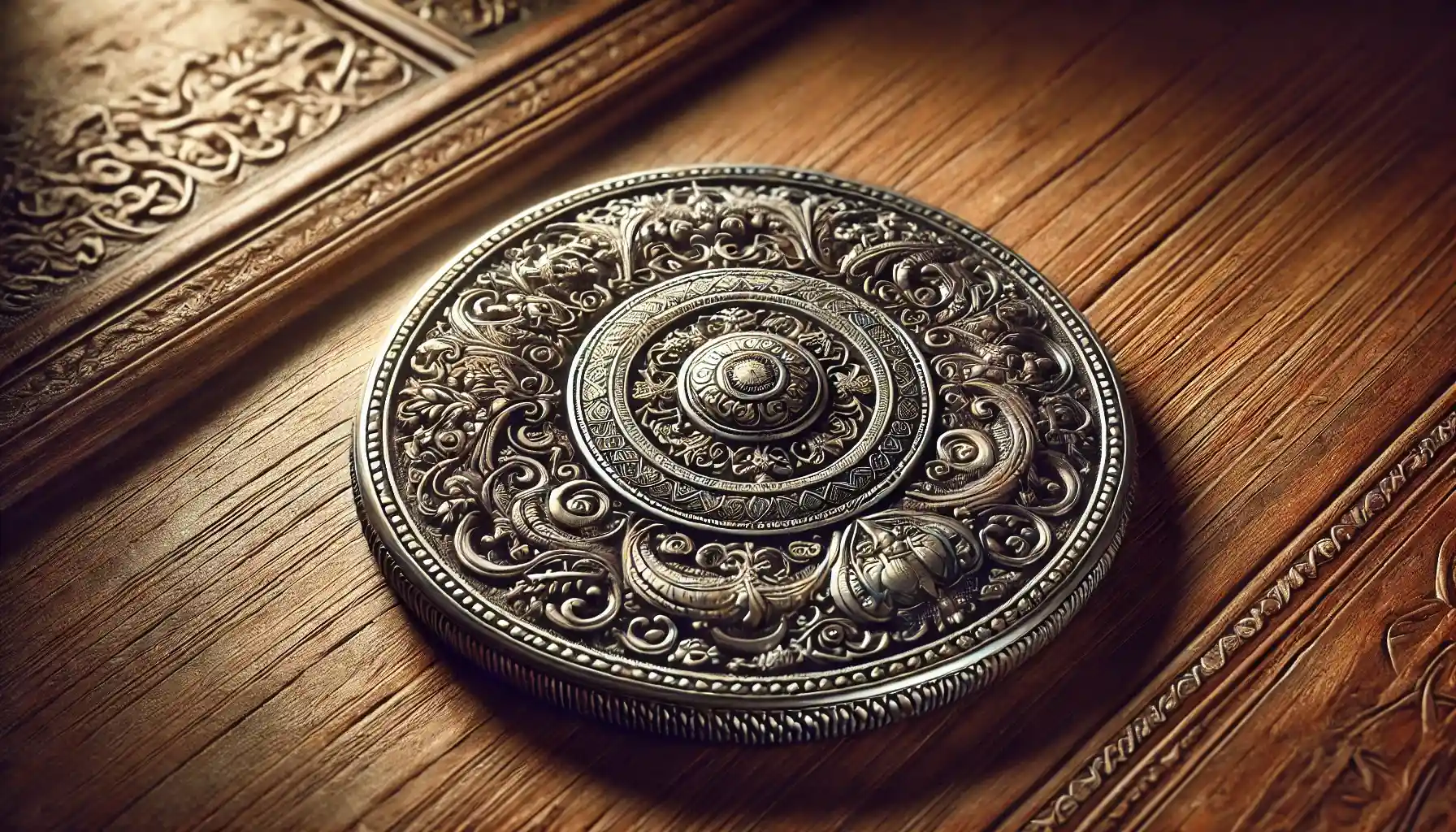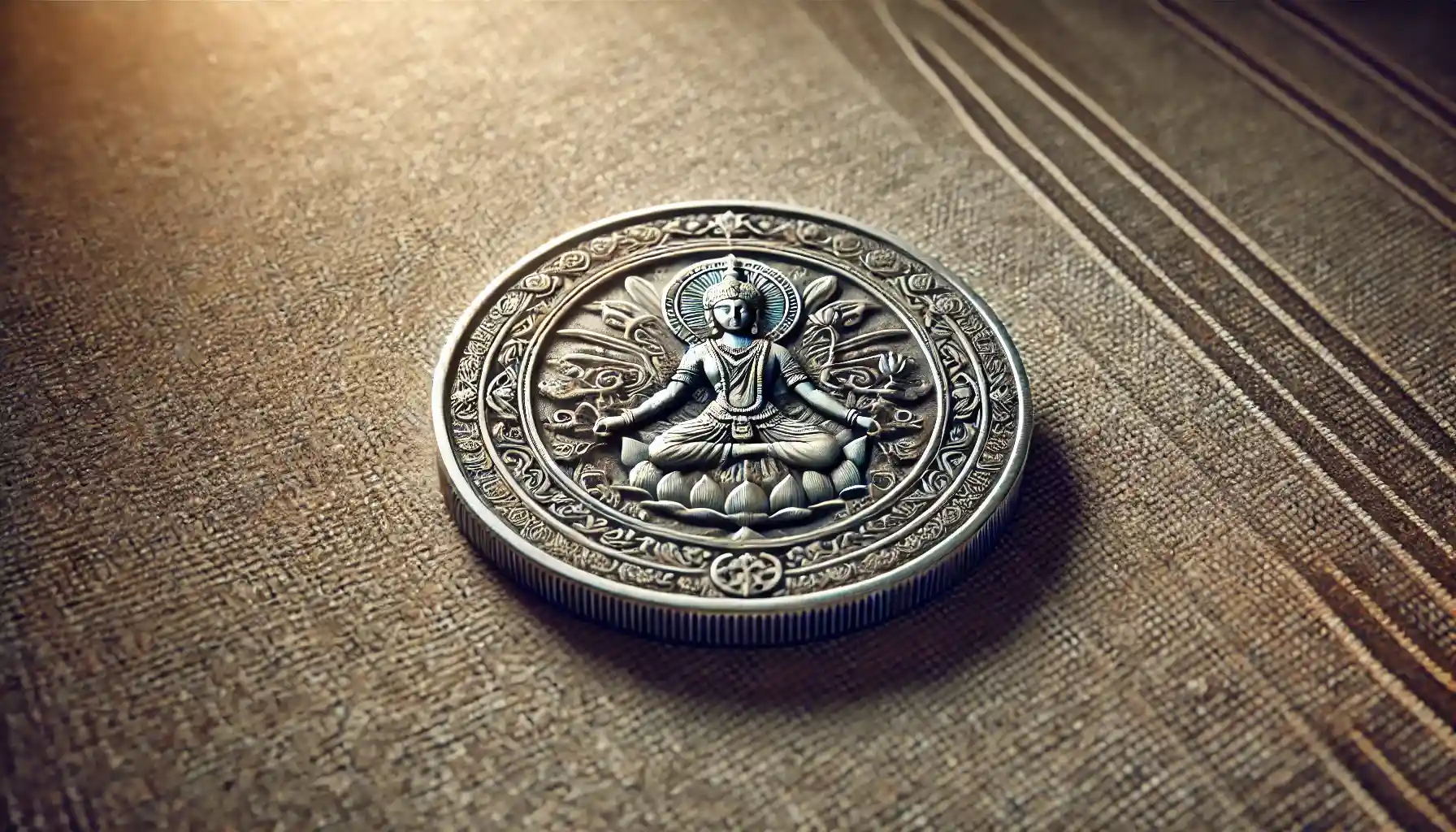What’s the “presidential dollar coins value” in the world of Bollywood? For die-hard fans of Indian cinema, the answer is in monetary worth and in emotional and symbolic weight as well. Coins might seem like humble, everyday objects, but they’ve been used in Bollywood to signify some of life’s most profound moments—decisions, fate, love, betrayal, and even justice.
Bollywood is known for its extravagant song sequences and dramatic storytelling. It has long been a master at turning ordinary objects into special symbols. But why coins? What is it about these small discs of metal that hold such power?

The Flip of a Coin: Destiny Decided in a Second
They say, “Fate can turn on a dime,” and Bollywood has brought this idea to life time and again. Perhaps the most famous example is Amitabh Bachchan’s unforgettable double-headed coin in Sholay (1975). In this blockbuster, his character Vijay uses the coin as a tool to “decide” the most important life-and-death choices—though the audience learns later that the coin is rigged to always land heads. The coin was a symbol of control in a chaotic world.
But Sholay wasn’t the only film to use coins as arbiters of destiny. Consider this:
- In Ajay Devgn’s Once Upon a Time in Mumbaai (2010), a coin toss becomes a metaphor for the rise and fall of power in Mumbai’s underworld.
- In Kaun (1999), a psychological thriller, a coin becomes an ominous harbinger of death.
Every time a coin flips on-screen, it becomes a poetic reminder of how life’s biggest decisions can rest on the smallest, most unpredictable moments. The audience, like the characters, holds its breath and waits for the outcome of this.
A Cultural Connection: Why Bollywood Chooses Coins
Bollywood’s relationship with coins is deeply rooted in Indian culture. There, coins have long been associated with prosperity, good fortune and ritualistic significance. They’re used in weddings, festivals and even prayers. Coins, small but significant, hold monetary and spiritual value. Is it any wonder that Bollywood, a reflection of Indian society, uses coins to amplify its stories?
Consider the role of coins in these legendary films:
- Amar Akbar Anthony (1977): Gold coins become metaphors for greed, redemption, and familial bonds.
- Lagaan (2001): Representing the crushing weight of colonial oppression and the villagers’ fight for freedom.
In these films, coins go beyond their material value; they become vessels of meaning, representing the desires, struggles and triumphs of ordinary people.
Heads or Tails: The Bollywood Trope That Never Fails
Bollywood has a soft spot for coin flips—not just because they’re dramatic, but because they resonate with the age-old belief in fate and luck. A coin flip in Bollywood is never just about randomness. It’s about surrendering to the whims of destiny.
- In Dil Dhadakne Do (2015), the coin toss is humorously used as a device to resolve family disputes, reflecting the quirky yet relatable dynamics of modern families.
- In Maine Pyar Kiya (1989), coins are symbolic of budding love and youthful promises, showcasing the innocence of first romance.
This trope is so effective because it mirrors real life. Who hasn’t, at some point, flipped a coin to make a decision? The metallic object, spinning in the air, holds all the suspense of life’s uncertainties—and Bollywood films that perfectly.
Coins as Symbols of Wealth and Power
If coin flips represent fate, treasure chests overflowing with gold symbolize aspiration, greed, and sometimes, moral decay. Bollywood has often portrayed coins as the symbol of wealth—an object of desire that drives characters to the edge of sanity.
Think of the many films where everything revolves around gold coins: the chest of gold in Baahubali (2015), the stolen treasure in Dus Lakh (1966), and so on. Coins often symbolize the lengths people will go to obtain them. Sometimes, they’re seen as cursed objects, warning against greed and materialism, and other times, they’re rewards for perseverance and hard work.

Love, Memory, and Emotion: Coins in Romantic Bollywood
Coins are often used in dramatic and action-packed narratives. They’ve also found a place in romantic films. In love stories, coins are imbued with emotional weight. One of the most interesting examples can be found in Kabhi Haan Kabhi Naa (1994), where a single coin becomes unspoken love, passed from one lover to another.
Coins in romantic films often remind viewers of the little things that matter most in relationships. As the saying goes, “Small things sometimes carry the greatest value,” and in Bollywood, this is reflected through the symbolic use of coins.
The Modern Twist: Coins in Contemporary Cinema
In recent years, coins have continued to shine in Bollywood, albeit with modern twists. Films like Ghanchakkar (2013) use coins and money as central to the plot, often with a satirical take on society’s obsession with wealth.
Meanwhile, movies like Zindagi Na Milegi Dobara (2011) subtly weave coins into their narratives and compare them with memories and life experiences rather than material wealth.
They say, “Every coin has two sides,” and in Bollywood, the stories about (or with) coins are as multifaceted as the object itself. It may be a flip that decides a hero’s fate, a treasure chest or a single coin that holds the weight of love and memory. In any case coins have left an indelible mark on Indian cinema.
Remember for sure: in Bollywood, even the smallest coin can spin the biggest story.
